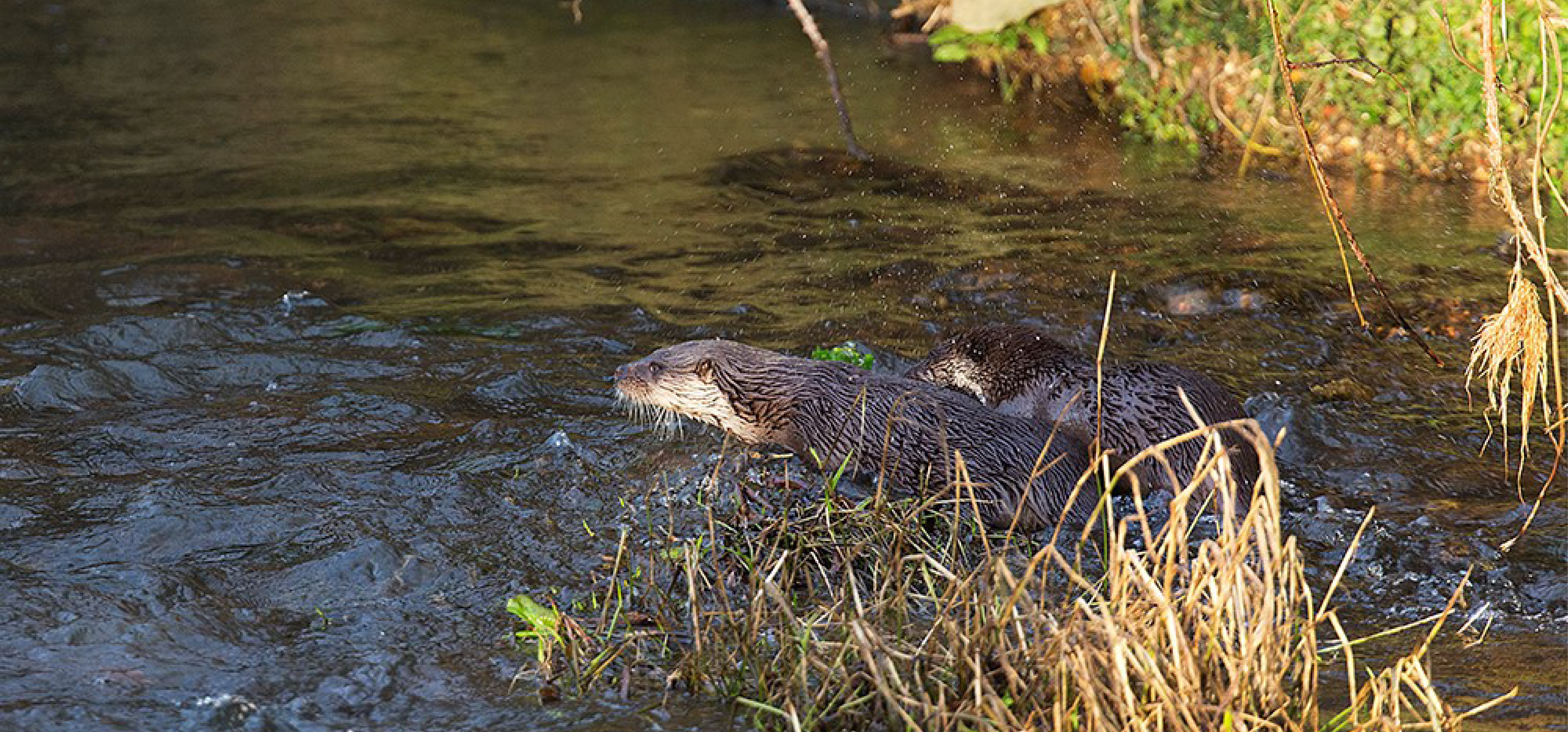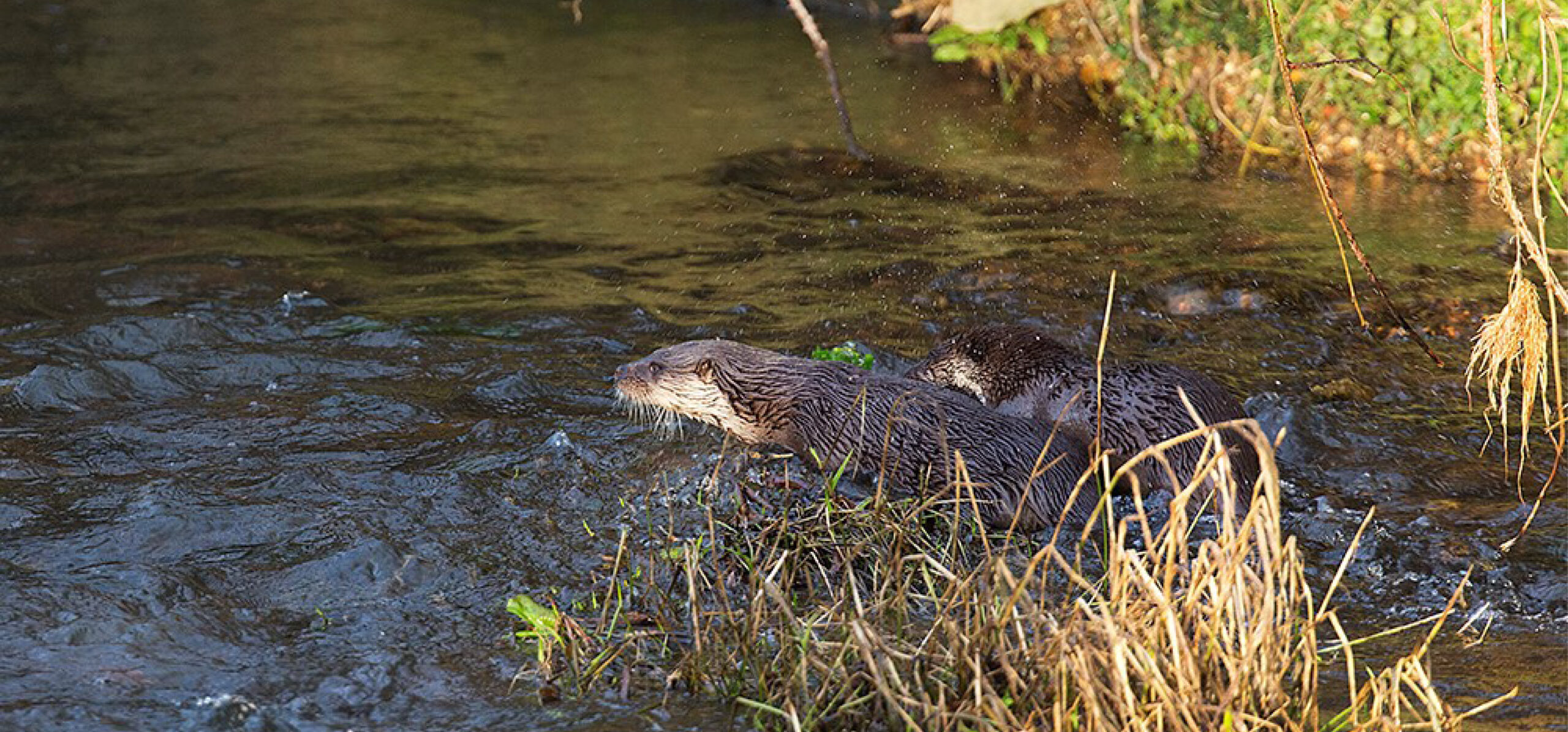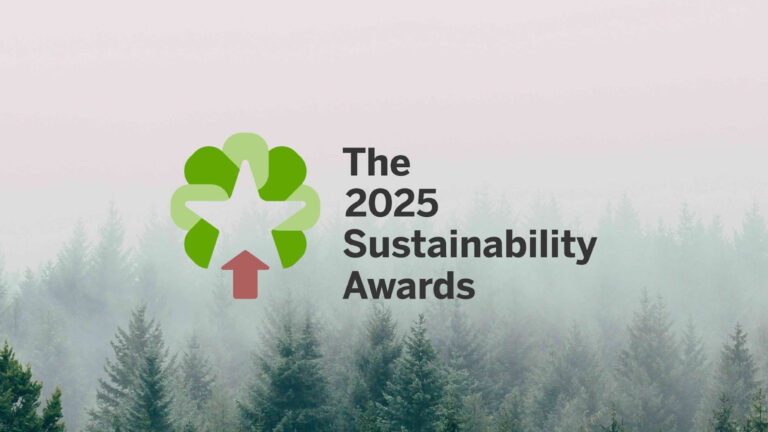World Wetlands Day is a chance to celebrate the unique value and benefit of wetlands across the Defence Training Estate (DTE), and across the planet. Rural Estate Assurance Manager, Lewis Morrison, tells us more.

40% of the world’s species live or breed in wetlands. Restoring wetlands powers the local food chain and attracts wildlife. Photo credit: David Blake, Rural Estate Delivery Advisor, Landmarc.
“World Wetlands Day, celebrated annually on 2 February, aims to raise global awareness about the vital role of wetlands in helping people and planet. This day also marks the date of the adoption of the Convention on Wetlands on 2 February 1971, in the Iranian city of Ramsar.
“A whopping 40% of the world’s species live or breed in wetlands, and yet nearly 90% of the world’s wetlands have been degraded since the 1700s – we are losing wetlands three times faster than forests. Yet, wetlands are critically important ecosystems that contribute to biodiversity, climate mitigation and adaptation, freshwater availability, world economies, and more.
“World Wetlands Day is the ideal time to increase people’s understanding of these critically important ecosystems, both internationally and right here at home on the UK Defence Training Estate (DTE).
THE LANDSCAPES OF THE DTE
“The landscapes of the DTE are hugely diverse, with wetlands found in all regions, with particular concentrations in coastal, riverine and upland areas, from Bellerby Moor at Catterick and Border Mires at Spadeadam, to the Jurassic Coast World Heritage Site and Braunton Burrows Biosphere Reserve in the Southwest. The DTE boasts some magical wetland sites, and indeed has its very own ‘Fairy Shrimp’, famously found in puddles across Salisbury Plain Training Area – “an extraordinary creature and ecological niche, worth an article in its own right!” quotes Dave Blake, SW Rural Estate Delivery Advisor.
“Wetland habitats are many, including marshes, lakes, rivers, floodplains, peatlands, swamps, saltwater marshes, estuaries, lagoons, mires, bogs and ponds. All of these features require particularly sensitive and focused management, both to care for the habitat itself, which comes with a legal requirement for us to maintain a certain condition, but also to continue to provide the full range of military training at each establishment.
RESTORING AND REGENERATING WETLANDS
“But it is not a standing start, as wetlands are often designated as Sites of Special Scientific Interest (or SSSI’s), requiring us to work in partnership with the Defence Infrastructure Organisation (DIO) and statutory nature regulators to deliver programmes of conservation work, often focused on restoring and regenerating wetlands, and improving their overall condition.
“A particular example is found at the Epynt range in Sennybridge Training Estate (SENTA), where work has been underway for some years in partnership with the Wye and Usk Foundation.
“At SENTA, the Epynt hills host a diverse range of valuable protected wetland habitats, and hotspots of wetland biodiversity and carbon storage. However, alongside the natural benefits of these wetland habitats, water and excess rainfall does cause logistical challenges through flood and inundation, a problem that effects both the training estate and other human infrastructure downstream. This is a pattern seen across the UK DTE, as the changing climate leads to local weather extremes including extreme precipitation and flooding.
UNDERSTANDING THE POTENTIAL FOR WETLAND HABIT CONSERVATION AND FLOOD MANAGEMENT
“At Epynt, work is underway to understand the potential for wetland habitat conservation and flood management, and to develop solutions to hold water in the landscape, and therefore reduce surface water run-off, or ‘attenuation’.
“For example peat bogs can hold water, as can wooded landscapes, slowing the flow of water downstream and preventing deluge of drainage infrastructure, all the while enhancing local wetland habitat, aiding biodiversity recovery, and providing many other ‘ecosystem services’, such as improved air and water quality, carbon storage, and climate change resilience in general.
“Water monitoring devices have been installed in the lower reaches to monitor baseline flow volume, with various ‘slow the flow’ practical interventions such as ‘leaky dams’ in the deeper ditches running downslope, ponds and attenuation pools to hold water in high rainfall events, and the digging of sumps and scrapes.
“It is hoped a river catchment study will soon be undertaken, further informing the monitoring and delivery of flood management and habitat improvement projects, and wider ‘Natural Capital’ and ‘nature based solutions’ such as re-wetting. Of course, all this must be integrated with military land use and other land uses such as forestry and grazing.
A WIN ALL ROUND
“This approach to managing wetlands across the DTE is a win all round: threats to military training are mitigated, habitats and species are conserved (and we remain legally compliant), management and maintenance is less impacted, water quality is improved, and grazing and agricultural land is protected, with wider positive impacts to the environment and economies of settlements throughout the system.
“So on the 2 February this year, let us all take the opportunity to celebrate World Wetland’s Day, and with it the unique value of our very own wetlands here on the DTE – we need them as much as they need us.”




